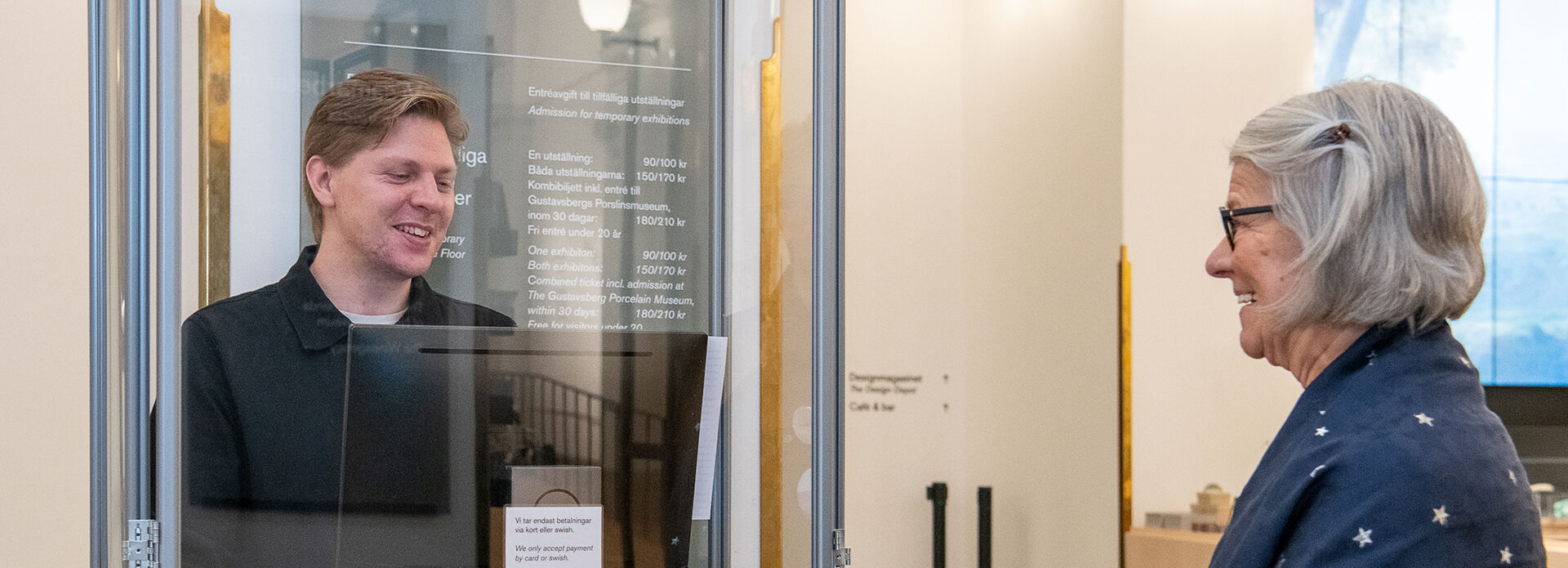Will we still need museums in the future? I’ve heard that question quite a few times during this pandemic. And the answer is very simple: yes. We will still need museums. I would even say that we need museums now more than ever. Those of us who work in the museum world have no difficulty explaining why.
But what about everyone else? For example, what might the people who make decisions about museum funding need to know about our “machinery”?
Questions about the funding and activities of museums are frequently raised in the context of major crises. The past year is an extreme example of this. My question is this: Might it facilitate decision-making if politicians and other responsible persons all over the world had the opportunity to work in a museum? This idea may sound a bit far-fetched, but in reality several countries have already put it into practice.
Since 2018, the Network of European Museums Association (NEMO) has arranged museum internships for European policymakers and politicians. For example: In October 2020, the EU Commissioner for Innovation, Research, Culture, Education and Youth, Marya Gabriel, visited Muzeiko, a science centre for children in Sofia, Bulgaria. Among other things, she sold tickets, cleaned and met children.
The first time the internship idea was tested was in the Netherlands in 2012, after the country’s museum industry found themselves in a state of crisis due to major economic cuts. The Dutch museum association Museumvereniging then organised the More Than Worth It campaign to offer politicians an opportunity to gain knowledge about the museum business. The campaign (which is still active today) focuses on five social values: collection value, connecting value, educational value, experience value and economic value. The publication "More than worth it, social significance of the museums" (2011) can be read here (pdf).
Since the start of the campaign in the Netherlands, similar initiatives have been tested in Germany, Belgium, Finland and Denmark. In Finland, politicians have worked with digitalisation, photo orders, and the segmentation of target groups, and have also participated in museum educational programmes. The Finnish Museums Association has coordinated the Politicians’ Museum Practice campaign and gained experience from that initiative. In August this year, 60 Finnish politicians worked in 21 cities around the country.
Today’s museum activities are very extensive and only a fraction of the work can be seen in exhibition galleries, collection presentations or in the digital space. The necessary business functions of a museum range from operations and security to finance, management, archival and library work, digital development, research, conservation, photography and filming, art handling, packing, communication and marketing, graphic design, lending, the production of exhibitions, publications and compilations, and much more. To illustrate this, one might use the image of an iceberg: the visible tip and everything that is not visible underwater. But the very part that is underwater enables everything that the public can see, experience and share with others.
Magasin III in Stockholm, which opened in the autumn after a suspenseful pause, has included the invisible part of museum work in its new approach to presenting collections and exhibitions. Visitors are led into the exhibition rooms in groups and then also get to see what normally happens behind the scenes... preservation, art handling and the packing of art objects. Visitors gain broad insight into the work that goes on every day in all exhibition and museum operations.
Museums interested in creating internships for decision-makers receive practical and good advice from the NEMO. Skip the PowerPoint presentations altogether. The interns should have coffee with the staff and engage in real work. Don’t address the issue of a lack of resources. (Although it will be difficult to resist bringing up that particular issue. According to Swedish Museums Association, the turnover of museums has decreased by 32 percent compared to the same period last year. This will have long-lasting effects and in some cases the entire business is under threat.)
Perhaps that is precisely why it would be beneficial and fun to find new and experimental ways to spark a deeper dialogue in order to offer more in-depth knowledge and awareness about museums and their activities. We’re talking about essential societal functions here. And we are definitely talking about an industry that is not only incredibly interesting but also important to our identity. As the above examples from various countries show, the interest in deeper understanding and conversation is already there. We just have to create the conditions for it!
//Susanna Pettersson, Director General, Nationalmuseum
